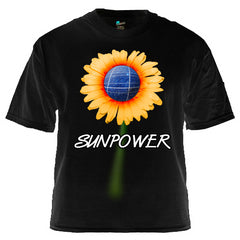
I never thought the "green" concept could be applied to a gas station. Gas stations embody everything that is NOT green.
However, a cool company known as BP is trying to change this idea. They've created the very unique Helios gas station, which can be found on the corner of Olympic and Robertson in Los Angeles.
If you pay them a visit, you'll notice that everything is constructed with recyclable/ recycled/ non-toxic materials, they use far less water than most stations, and they use less energy because of their sophisticated lighting system.
At Solar Arcadia, we are most impressed by the solor panel system that the gas station uses to power everything.
The bottom line is...
Even gas stations are going solar.













